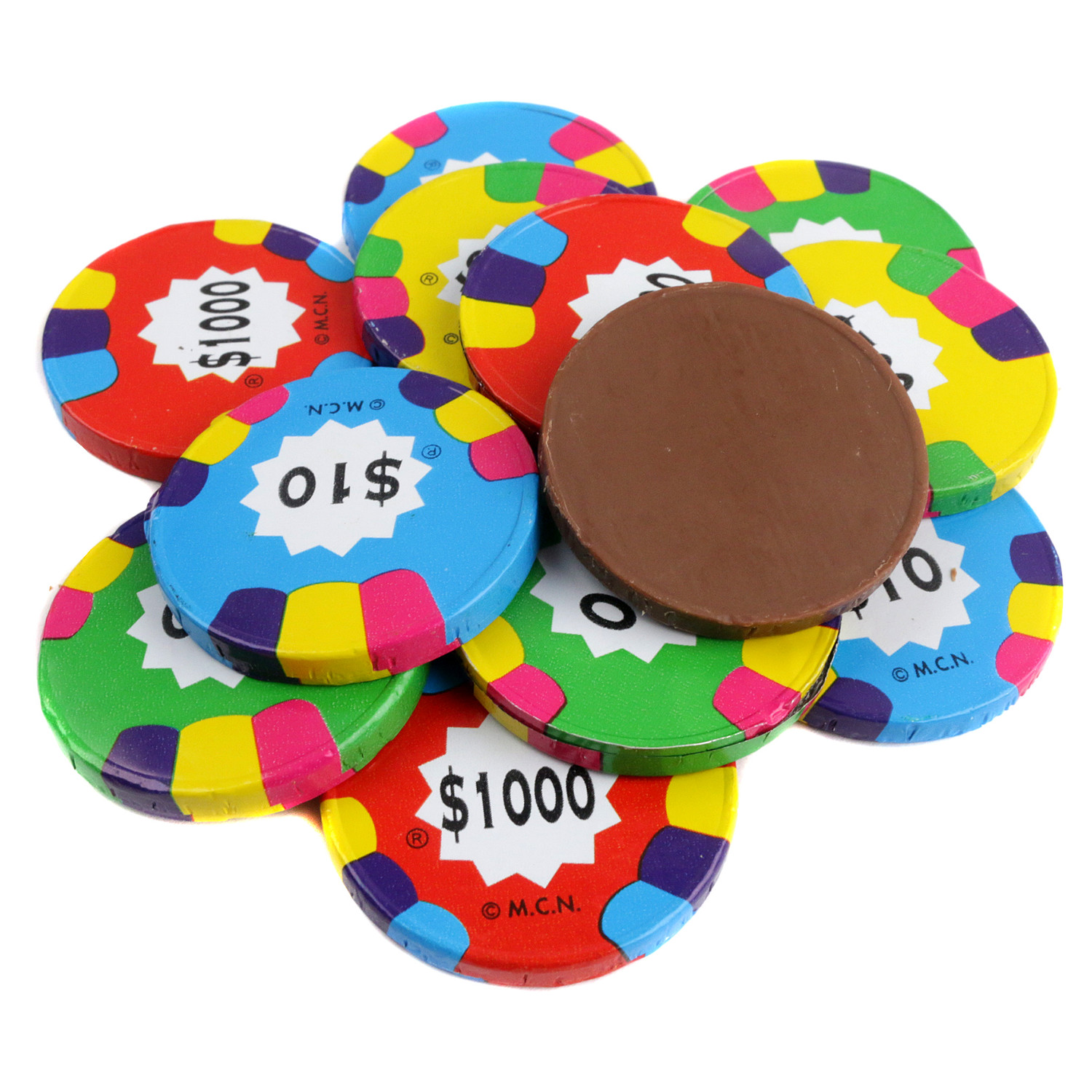I was playing roulette and the ball didn’t land in the spot, it stayed on top, seemingly stuck at the top of the slot, and didn’t drop!Explanation:
The ball gets electrostatically charged!
During rapid spinning, through contact with the edge of the roulette or friction with the air and table materials, the ball can accumulate electric charges.
This charge alone is not enough to generate a strong field, but it creates an interaction with existing magnetic fields nearby.
The magnetic field can be controlled by electric current.If it is controlled, it can be activated only at certain moments, which would allow influencing the results in real time.
Ball–magnetic field interaction
The metallic ball, electrostatically charged, can be easily deflected or even attracted by the magnetic field created by the current.
If the location is exactly above a 'node' of the magnetic field generated by the current, the ball can be 'sucked' or deflected toward the top of the slot, even if it is sloped.
Electric current generates a magnetic field
According to Ampère's law, any electric current creates a magnetic field around the conductor.
In the case of an electrified roulette table (e.g., counting system, lighting, small motors), currents passing through metal components can generate local magnetic fields.These phenomena do not normally occur in licensed and regulated casinos, where roulettes are tested.Electrostatics may contribute, but magnetism is what actually explains the deflection or 'sticking'!!!Now I tell you that anything is possible! Especially when you play online!Online, everything you see — deflections, 'sticking,' or jumps of the ball — are visual simulations, not real physical phenomena. So here 'anything is possible,' but only for the eyes, not in reality.
In the online environment, there are no physical balls, so physical phenomena (gravity, friction, magnetism) have nothing to do with what you see.
Everything is simulated by an algorithm, often a random number generator (RNG), which determines the result instantly.
Any apparent deflection, 'sticking,' or jump of the ball is strictly a visual effect, designed to make the game more realistic and dramatic for the player.
Why it sometimes seems 'unusual'
Designers can program special effects: the ball to 'fly' longer, appear to stop on the edge, or slightly change trajectory before falling.
This does not mean the final result is not random — but the player's perception can be visually manipulated.
In some less regulated cases, animations can be made to give the impression that certain numbers appear more often (not legal in licensed casinos)...














